Japan is a country unlike any other when it comes to etiquette. Although the locals will forgive any indiscretions (perhaps with a sly smile), it is best to try and understand the culture. Take a look at our Far East specialist Nathan's short guide with his top ten tips for travelling in Japan...
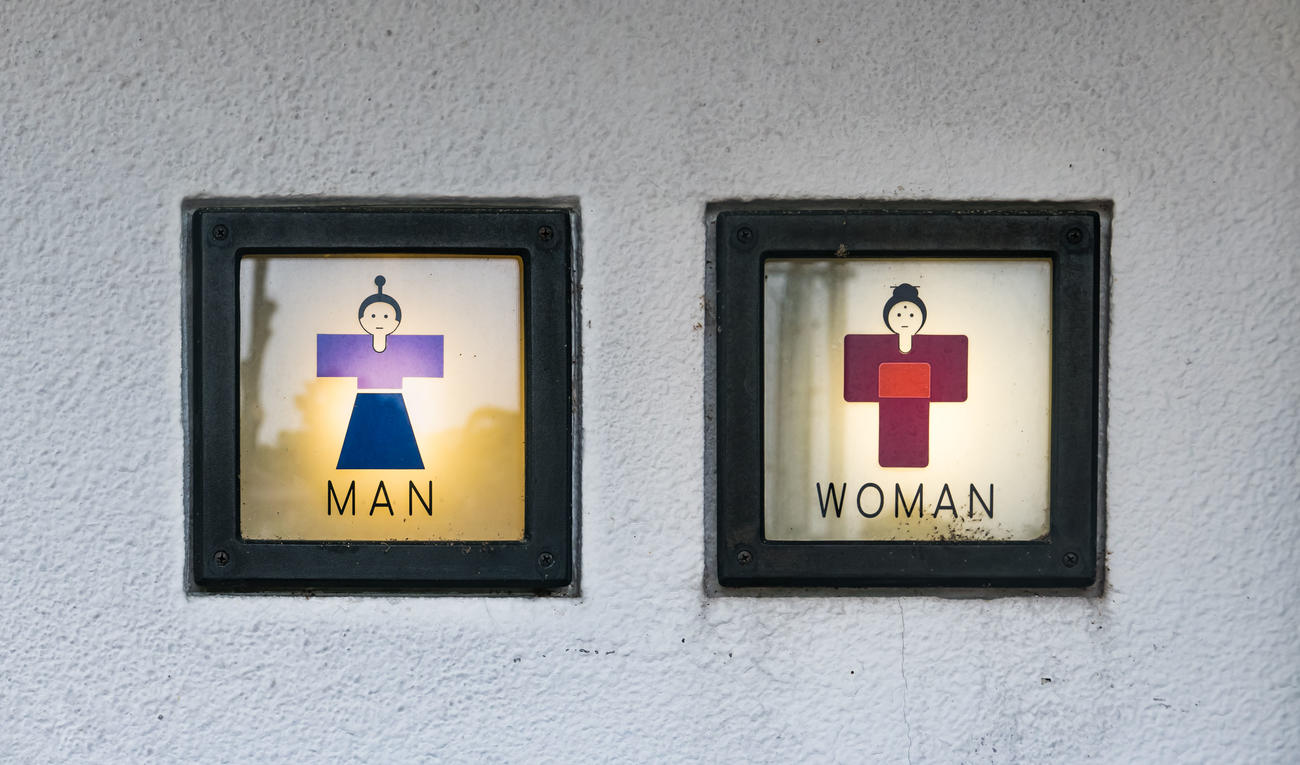
10. The Toilet Gamble
Bizarrely in Japan you often find yourself with a toilet juxtaposition (not a new stance) where you have the most basic toilet in the world and in the other stall a super high tech toilet with heated seat control panel. So do not feel discouraged if you open the door to find a squatter toilet; often door number two (no pun intended) will reveal exactly what you are looking for.
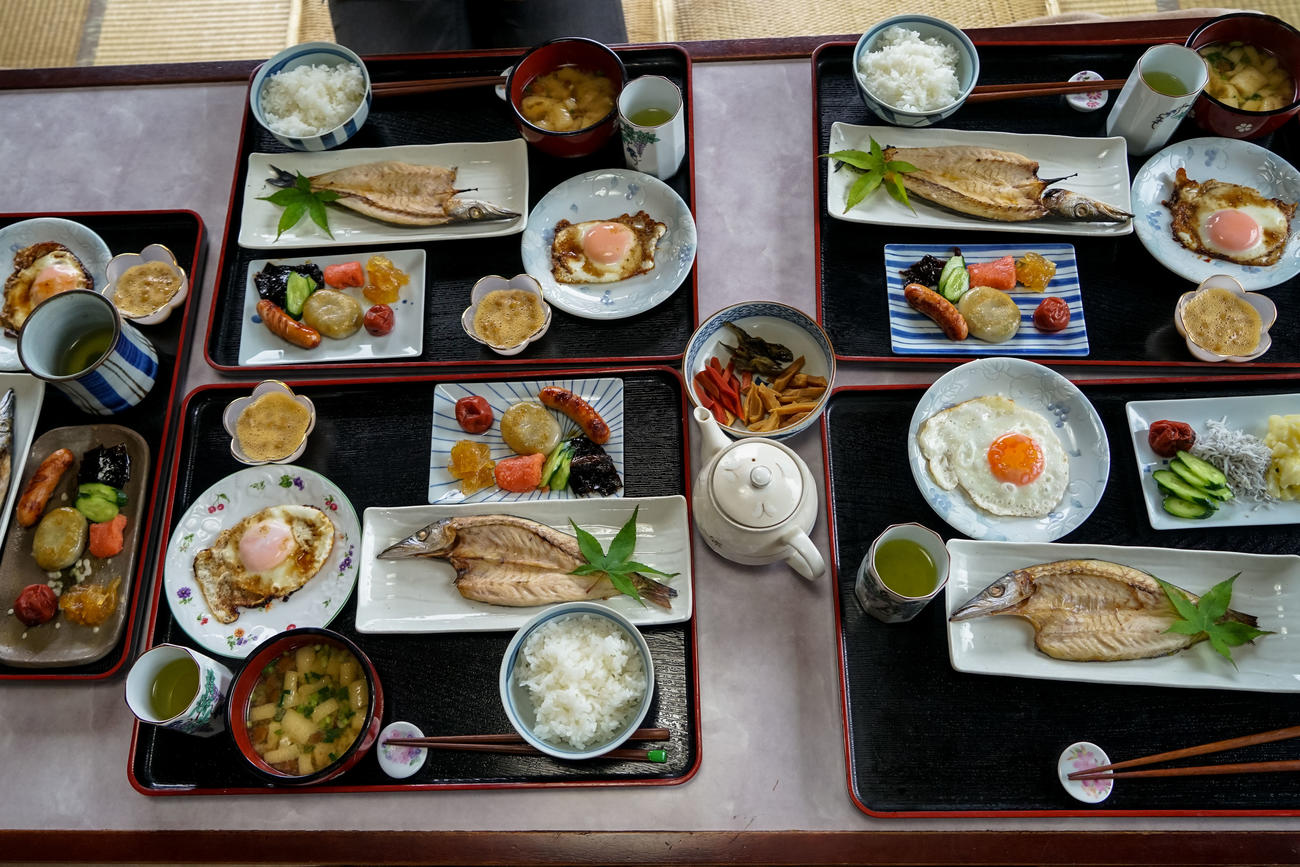
9. Western or Japanese Breakfast?
If you have decided during your stay in Japan that you would like to take in a traditional Japanese ryokan (inn), then you might be faced with the question of what type of breakfast you would prefer. If you are only staying in a ryokan for one night then I would definitely suggest “going local” and enjoying a variety of Japanese dishes. For those staying more than one night you might feel that one Japanese breakfast is enough, but do not expect a boring breakfast. Western style could mean anything - my personal favourite was vegetarian lasagne, boiled broccoli, miso soup and a boiled egg.
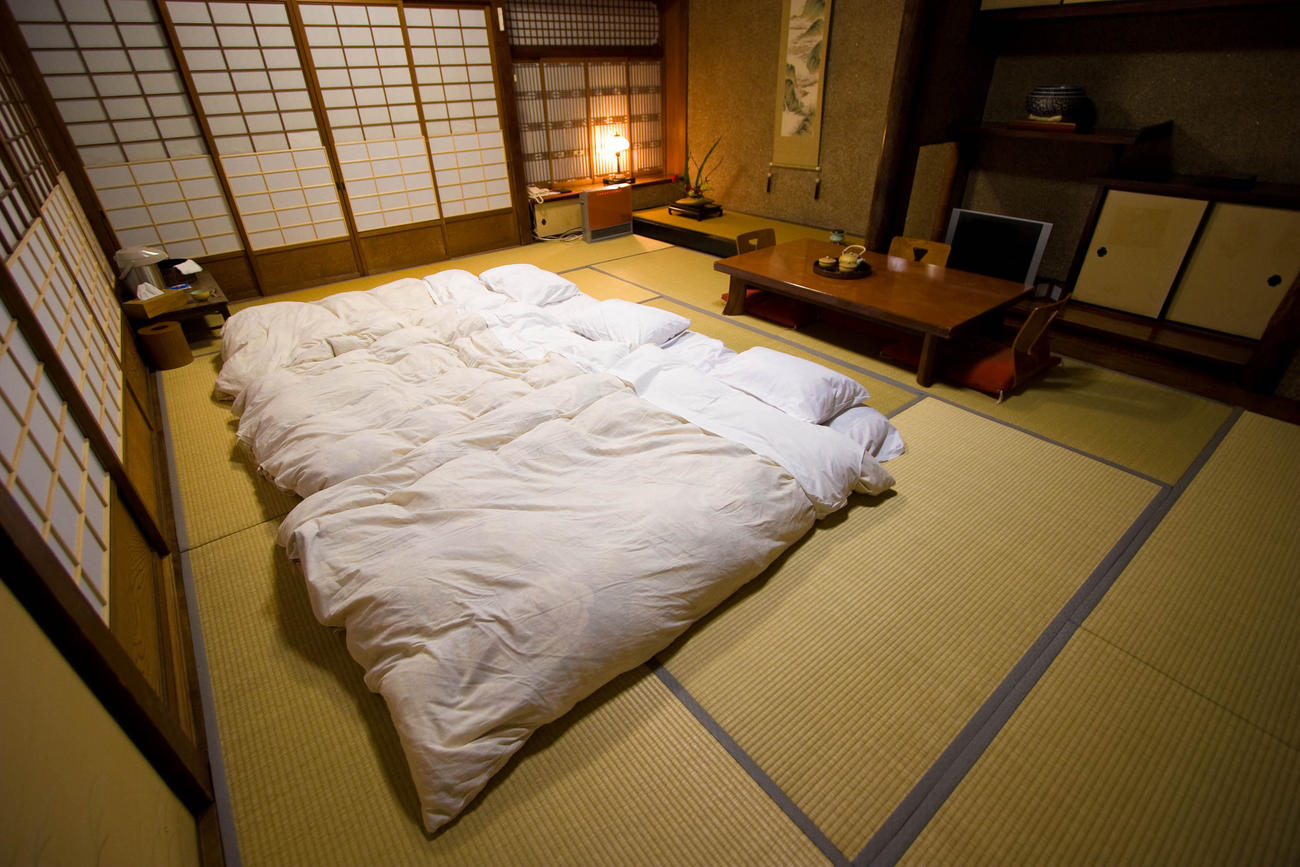
8. Sleeping on a Futon
When staying in a ryokan you will often sleep on a futon, but do not be fooled by thoughts of IKEA and a roll out couch. This is in fact a thin mattress which is set out during the evening in your Japanese room on the tatami mats. I always suggest trying it out and, if you think it's uncomfortable, simply ask for another mattress. My record was three and, although I felt a little bit like the Princess and the Pea, you can never underestimate a good night’s sleep.
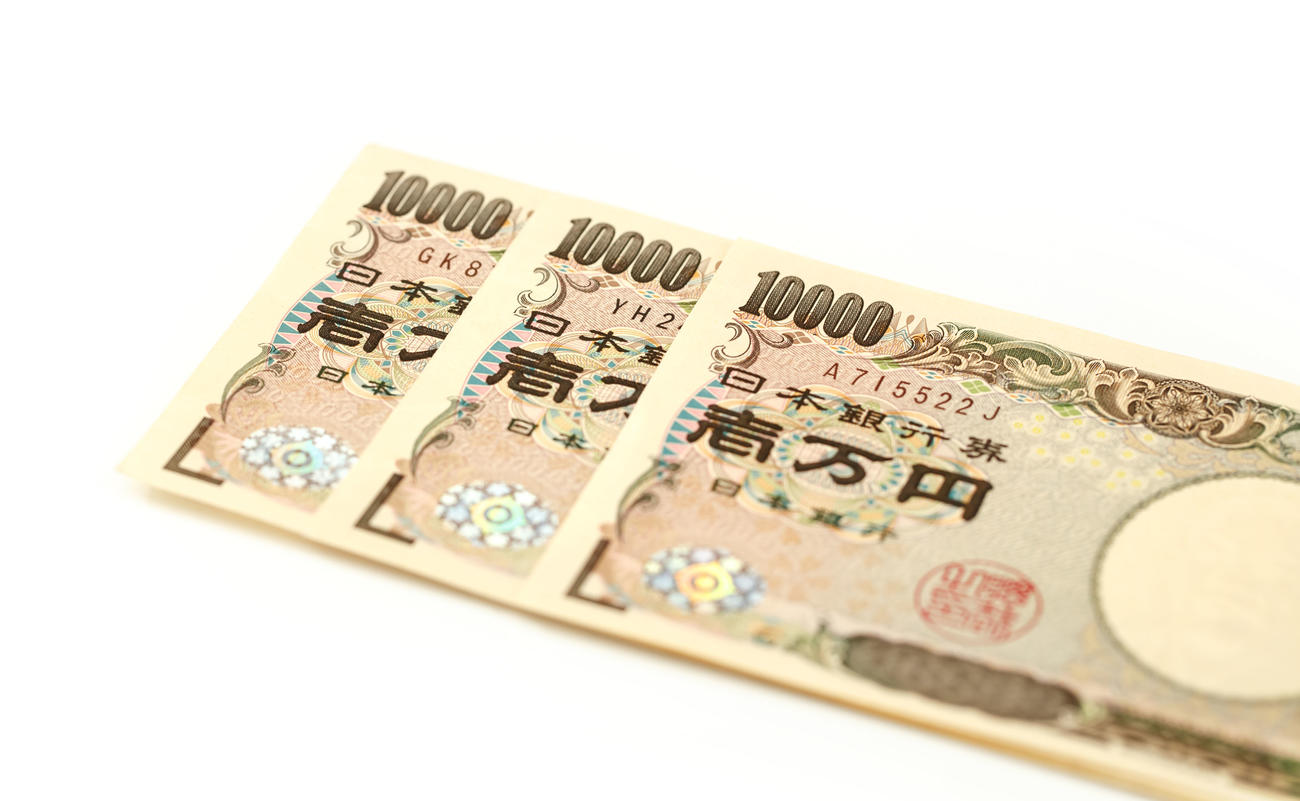
7. Cash, Cash and More Cash
The economy of Japan is based on cash transactions and you do not want to be caught short when having to pay for a meal. To avoid long searches for banks the best cheat is to keep your eyes peeled for 7-Eleven shops. Each one I visited had an ATM and it's also worth buying some water at the same time as it's cheaper than the vending machines which line the streets. Make sure you keep your notes tidy in your wallet or purse as it's discourteous to present crumpled bills.
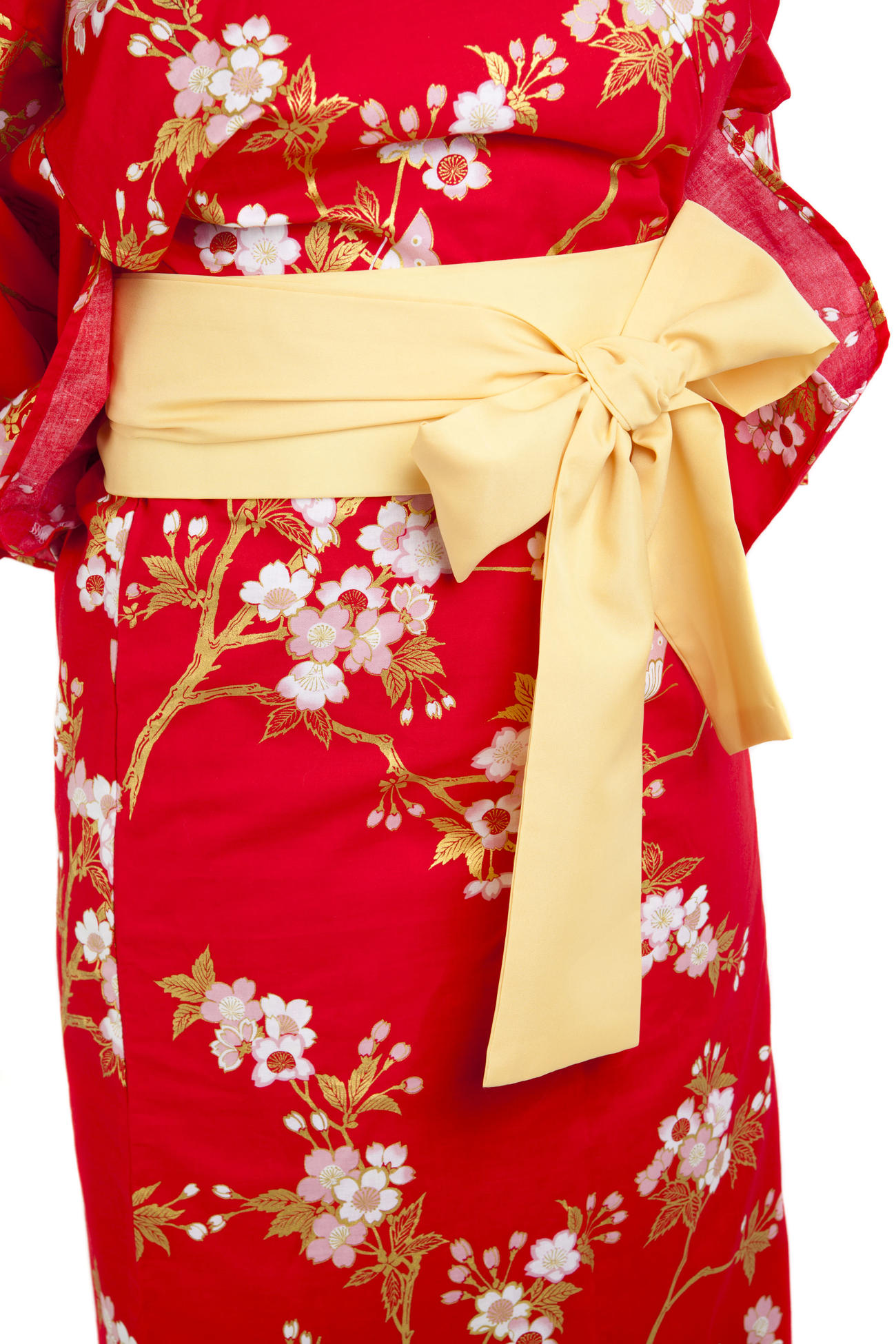
6. Wearing the Yukata
If staying in a Japanese inn (minshuku) or ryokan you will find that they have left out a gown for you to wear. All of the locals will be wearing them in the evening and it is a sign to your host that you are relaxed and comfortable in their hotel. One big tip is to wrap the left side over the right and an even better tip is to not forget your underwear.

5. Crossing the Road
A big no-no in Japan is what the Americans term jaywalking; the lights and crossings are there for a reason, so don't be surprised if you hear the locals shouting at a tourist who does not show patience when crossing the streets. Wait for the man to turn green and enjoy the nice cuckoo noise as you cross the road with the locals.
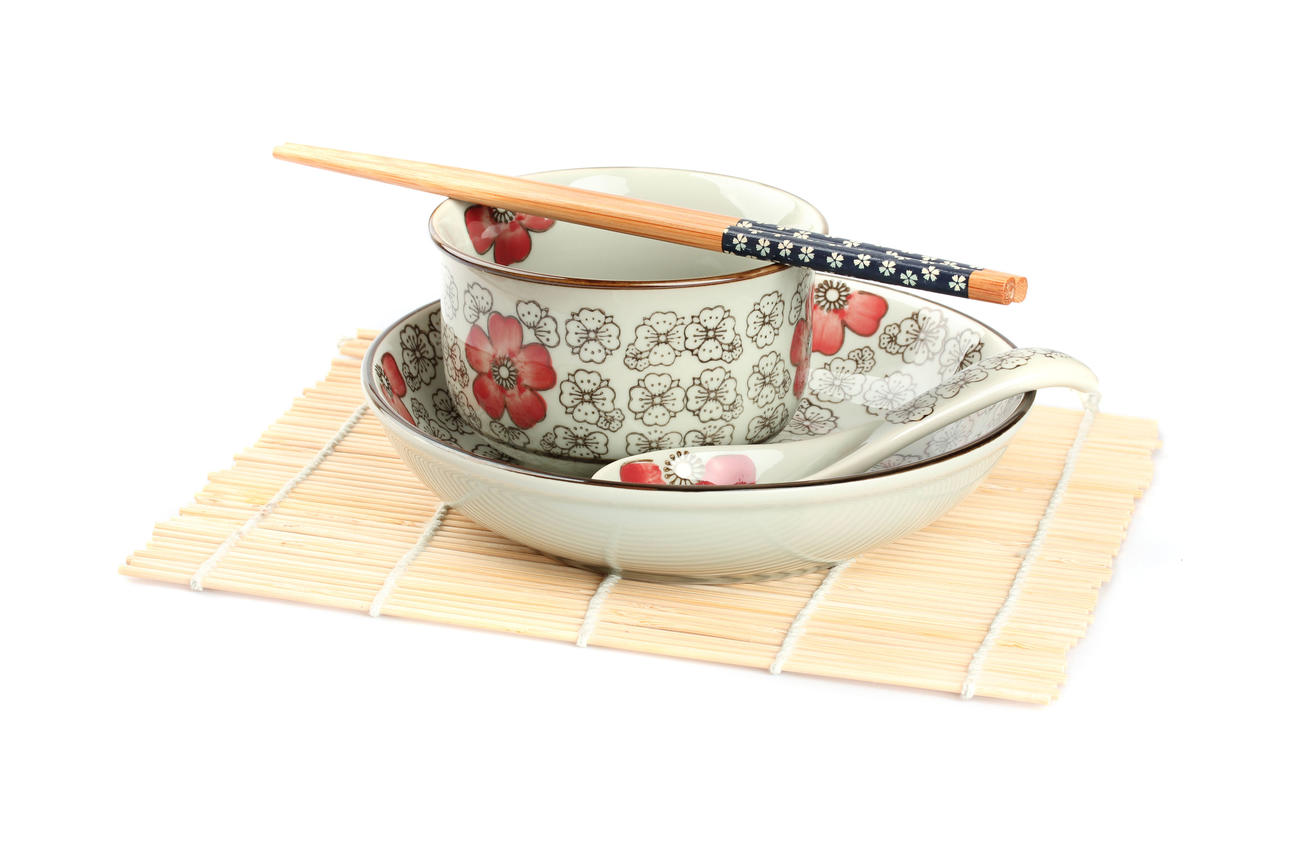
4. Table Manners
This is an area where the customs can be very confusing. The obvious rule is never to stick your chopsticks into rice leaving them standing up - this is part of a funeral custom. The not so obvious rule is to never pass food using the customary part of the chopstick, but reverse your hold and use what would be considered the handle part. In addition, if you're enjoying noodles then you should let everyone know by slurping away, so do not enter a noodle restaurant if you want a quiet meal!

3. Exchanging Business Cards
My guide informed me with pride that the Japanese invented business cards and, in all honesty, they treat them with reverence. If you happen to be exchanging business cards whilst in Japan, make sure yours is presented so that the writing is facing the recipient. Take the card offered and study it. A cursory glance implies the giver is not noteworthy, so if it is someone high up really study the card to avoid causing offence. If this seems rather intense, it's worth knowing that in areas such as Koyasan they have company shrines in cemeteries with business card slots so employees can drop their card in and the owners will know they have visited.
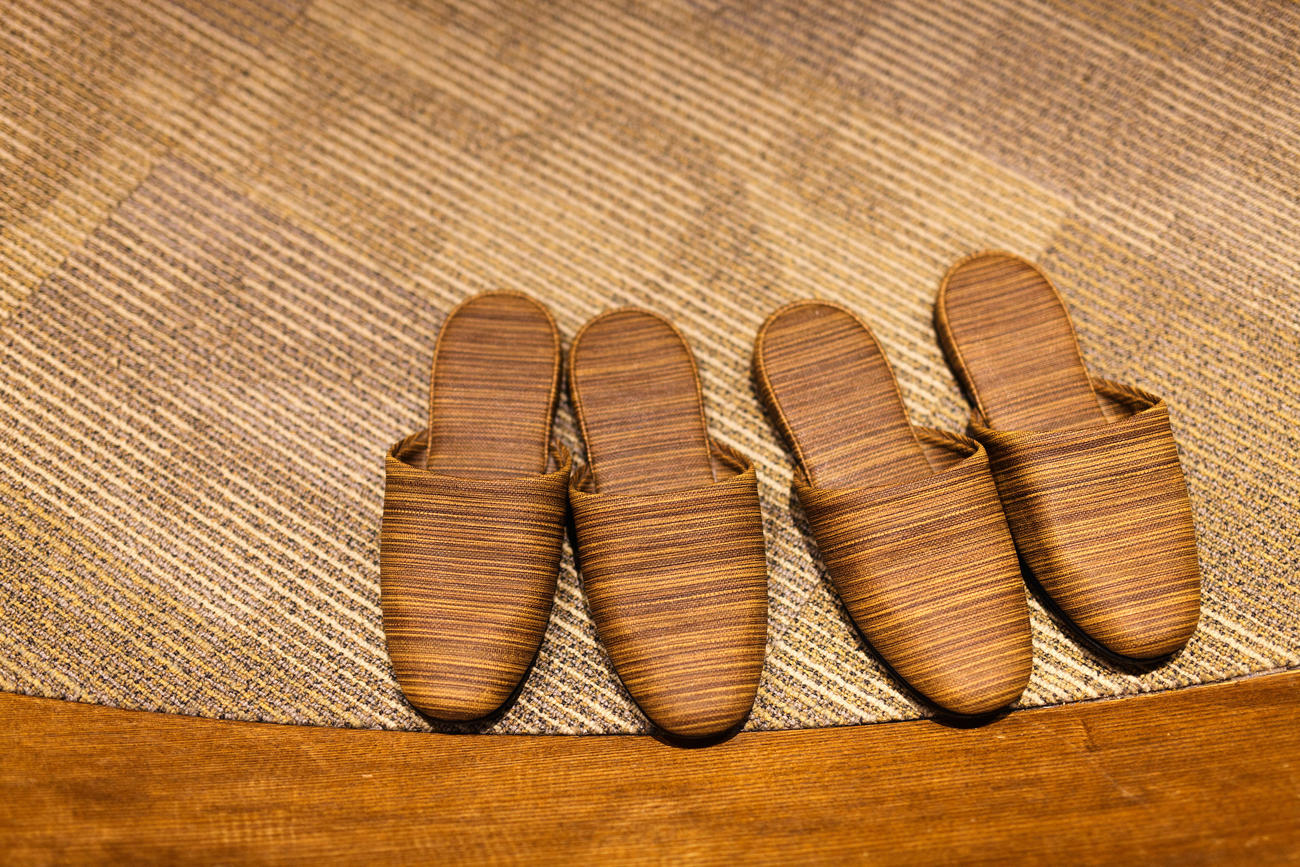
2. Slipping Into Something Comfortable
The rules on footwear can appear strange as you are expected to wear different slippers for different parts of the house. Upon entering a building note that any raise in level means no outdoor shoes are permitted. There will often be some slippers waiting for you - do not be afraid to ask for a larger pair as it's preferable to squashing your feet and walking with your heel hanging out. If there isn't a visible shoe rack position your shoes facing away from the building as if in place for a quick escape. Next comes the tricky part - if you use the bathroom do not be surprised to find another pair of slippers, which will very helpfully have 'Toilet Shoes' written on them. A very easy rule and one to definitely avoid is wearing those anywhere but the bathroom!! The locals will giggle and you will feel foolish.
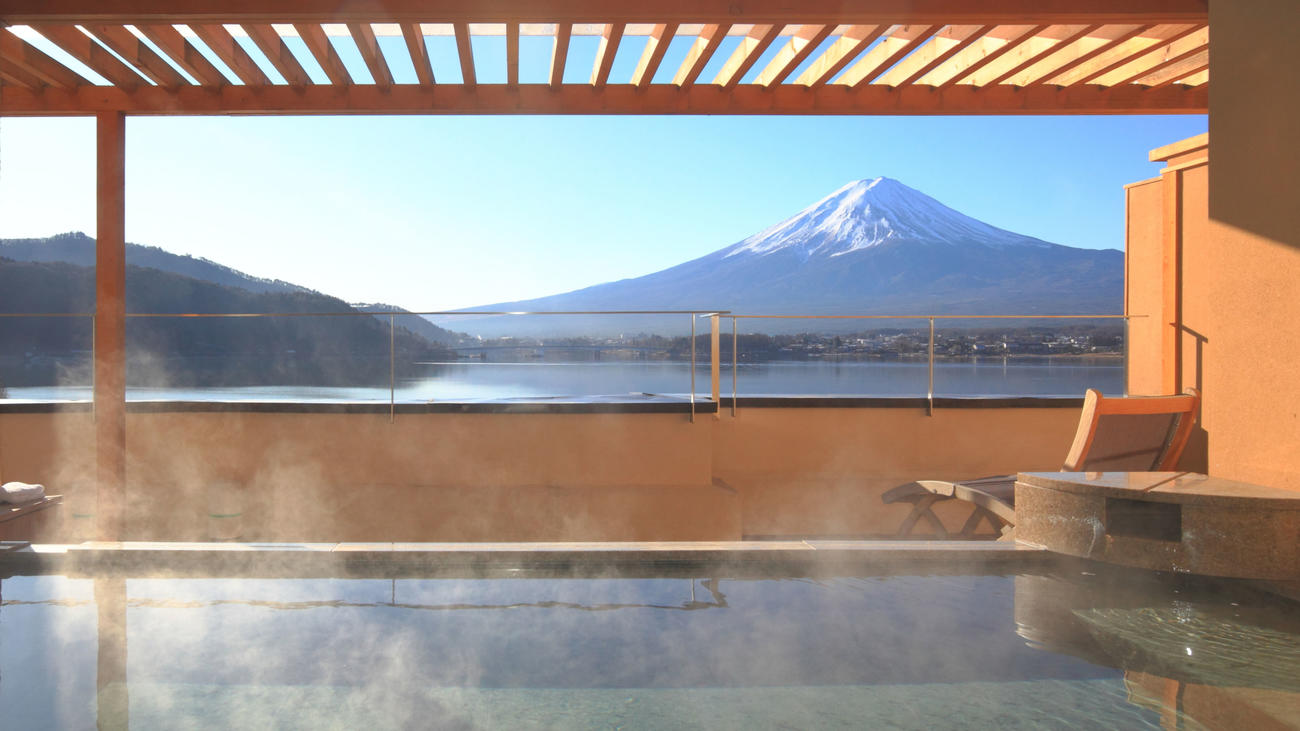
1. Get Clean By Getting Naked
The onsen (hot spring bath) is very much a part of Japanese life and, if you are fortunate to visit a hot spring area, then upon check-in you will be told about the men’s and women’s public baths. There are various rules when it comes to using an onsen, but you can trim all the protocol out and abide by one golden rule. Wash beforehand and enter the water in your birthday suit with no accessories (including soap suds, bracelets or small towel) present. It can be a bit daunting, but put aside thoughts of school locker rooms and enjoy the freedom and above all the lovely relaxing atmosphere of the baths; everyone is essentially in the same boat.
